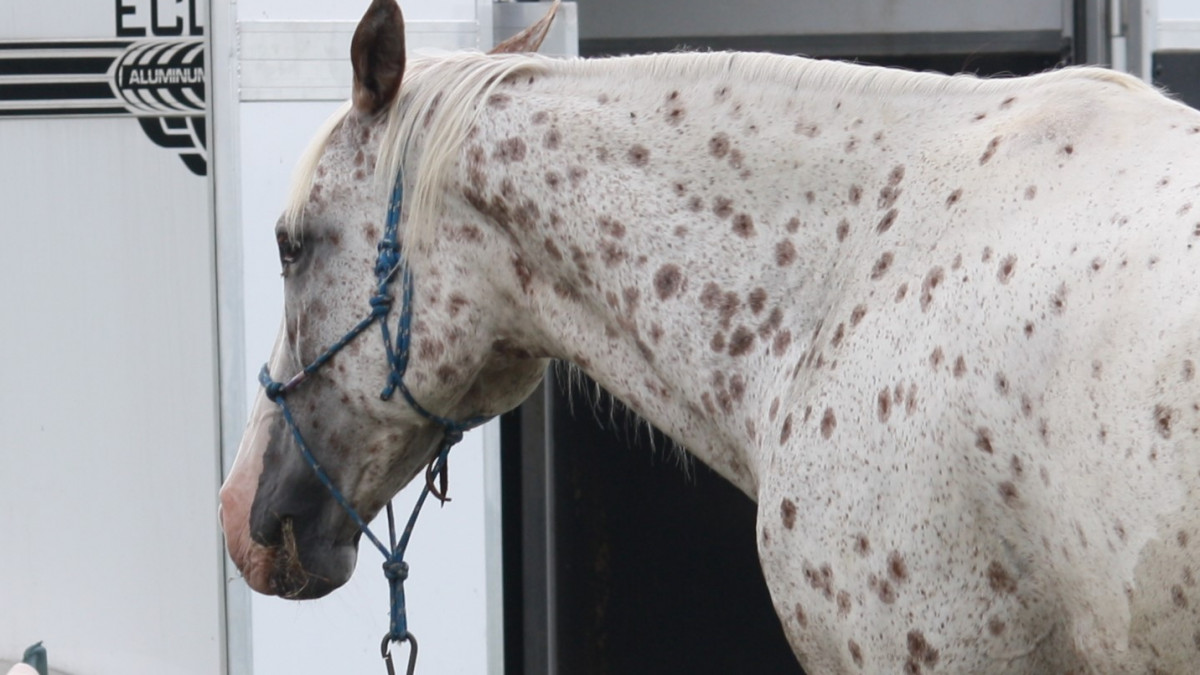COACHING PERSPECTIVES & SUCCESS STRATEGIES
R.E.S.P.E.C.T.

RESPECT is talked about a lot. What does it mean to you? Don't take offense when your horse acts up, be patient and learn how horses see RESPECT.
R.E.S.P.E.C.T
Warning on Instagram yesterday - “Never tolerate disrespect. Small stuff leads to bigger stuff. Remember, tolerance is just showing people how to treat you.” Wow!
Definition of respect - means that “you accept somebody for who they are, even when they’re different from you or you don’t agree with them. Respect in your relationships builds feelings of trust, safety and well-being. Respect doesn’t come naturally, it is something you earn”.
How interesting! These are two very different perspectives on respect. One is from the view of self-defense, self-protection, your guard is up and the lines of what you will tolerate have been drawn and there is the warning that you will get what you allow. The other is a completely different tone. It defines what can be achieved when you give respect and immediately you can feel the difference, it is so positive and constructive.
They both require action. The first is to be aware and decide in advance not to tolerate disrespect. The second is to realize that giving and earning respect is not natural for us and we earn it, presumably by giving it first.
This is front of mind for me as I help horse owners find a communication pathway with their horses. It builds better responses from clear communications that result and the result is willing participation with the owner-planned activities.
I believe that developing mutual respect between horse and owner is the best and most humane way to interact in training, riding and when managing daily activities. I also believe it is a two-way transaction.
Often the owners will yell, strike out, use restraints harshly and exude negative emotional energy to self-protect and to get that horse doing what they want or stop doing what they don’t want. The old adage that the horse needs to know who is boss comes into play. A boss like that is very hard to work for with a good attitude and friendly demeanor, right.
No one really wants to handle their horse this way but often in the horse industry it is what represents horse training.
If we misinterpret our horses behaviors, expressions and movements or we are defensive minded instead of proactively and positively communicating, the horse learns to “not tolerate” what we are doing and becomes escape-minded, defensive and harder to convince. What other choice does it have?
Since we have the larger “grey matter” and we have the capacity to reason, then we are the ones responsible for developing the respect that becomes reciprocal.
This is really quite easy in many ways. If you observe horses together there is a lot of respect between herd members. Every horse in the herd reads and understands what to do when expressions on the head and face change. These expressions as a collective show the thoughts and ideas formulating in the mind and they give space to each other or enter a herd mate's space depending on what they read. In the herd the calm horses never want the “crazy” in their space, they drive them off with facial warnings and physical action. Do we look like a “crazy” in their space sometimes? Do we give the impression that we are lower in the pecking order by using timid looking body language? Are we assuming a threatening posture on approach?
There are so many nuances in our body language that horses are trying to understand. We are inconsistent, we suddenly change without warning, we are not aware and living in-the-moment as the horse is, our minds are not always on what is happening and when something we don’t like happens we react, often both emotionally and physically.
We can do better and it is easy to learn.
To start, and admittedly this was hard to believe at first, we can check our attitudes, thoughts and energy when we get out of our car or walk across the yard to the stable. We actually can choose our calm, our speed of walk, positive thoughts and pleasant expression. We can acknowledge our horse the moment it looks at us or knickers and our movements can be controlled to become smooth and neutral of energy. We can come into their space with a leadership neutrality and confidence that the horse will recognize and respect. We can take notice of their reactions and treat them more appropriately. We can use softer spoken words, offer our hand to let them touch us first, and use subtle pressures to move their bodies as needed. Often we use slaps and are rough simply because the horse is large, forgetting that it can feel a mosquito land on a hair.
How we make that first impression every time is what convinces our horses to trust us. The better attitude and energy we demonstrate reduces resistance or defensive behaviors.
R.E.S.P.E.C.T find out what it means to your horse and how to deliver it so that the horse reciprocates and your entire relation and future activities are wrapped in it.
There is not one interaction with our horses where respect can’t be improved. I encourage you to do this daily - strive to improve your respect for your horse’s needs when communicating and it won’t be very long before you notice how much better your horse is respecting you!
 Brenda Robson
Brenda Robson 
